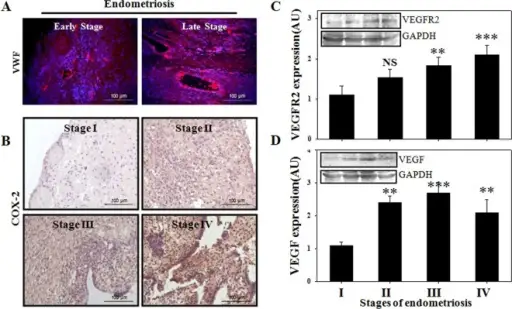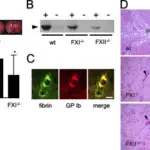Von Willebrand disease is an autosomal dominant disorder caused by mutations in vWF, a large protein that promotes the adhesion of platelets to subendothelial collagen.
What is the Pathology of Von Willebrand Disease?
The pathology of von willebrand disease is:
-Etiology: The cause of von willebrand disease is mutation in vWF protein.
-Genes involved: None.
-Pathogenesis: The sequence of events that lead to von willebrand disease is due to an abnormality, either quantitative or qualitative, of the von Willebrand factor, which is a large multimeric glycoprotein required for normal platelet adhesion.
-Histology: The histology associated with von willebrand disease shows mucocutaneous hemorrhage and decreased factor VIII.
How does Von Willebrand Disease Present?
Patients with von willebrand disease typically have no gender preference. The symptoms, features, and clinical findings associated with von willebrand disease include epistaxis, easy bruising, bleeding, menorrhagia. It has similar symptoms as platelet function defects.
How is Von Willebrand Disease Diagnosed?
Von willebrand disease is diagnosed by testing factor VIII activity, vWF antigen, vWF activity often done by ristocetin cofactor assay.
How is Von Willebrand Disease Treated?
Von Willebrand disease is treated with DDAVP (desmopressin). It temporarily increases vWF and factor VIII levels 2 – 3x.
What is the Prognosis of Von Willebrand Disease?
The prognosis of von willebrand disease is poor because it’s a lifelong condition.



